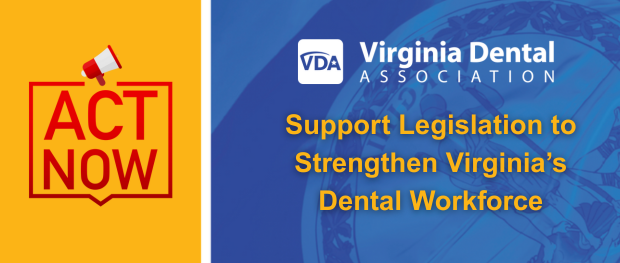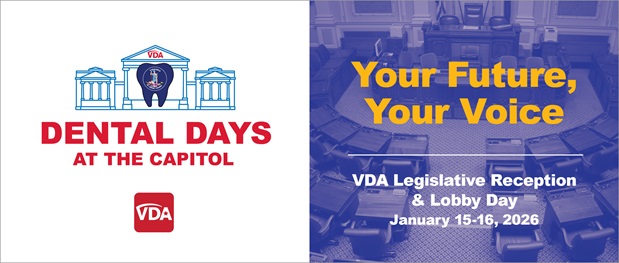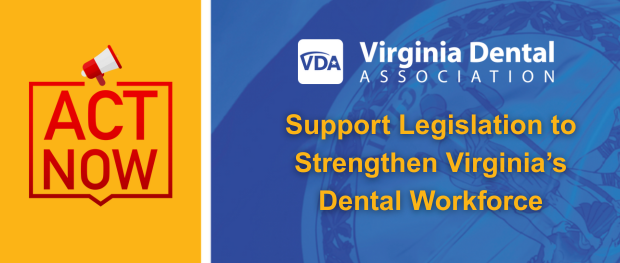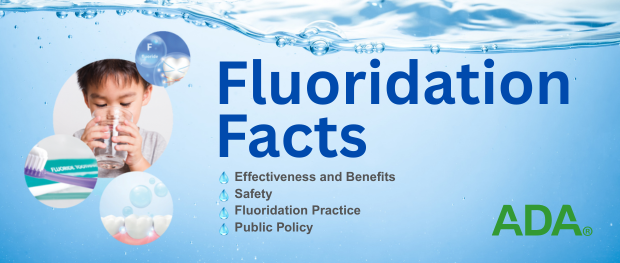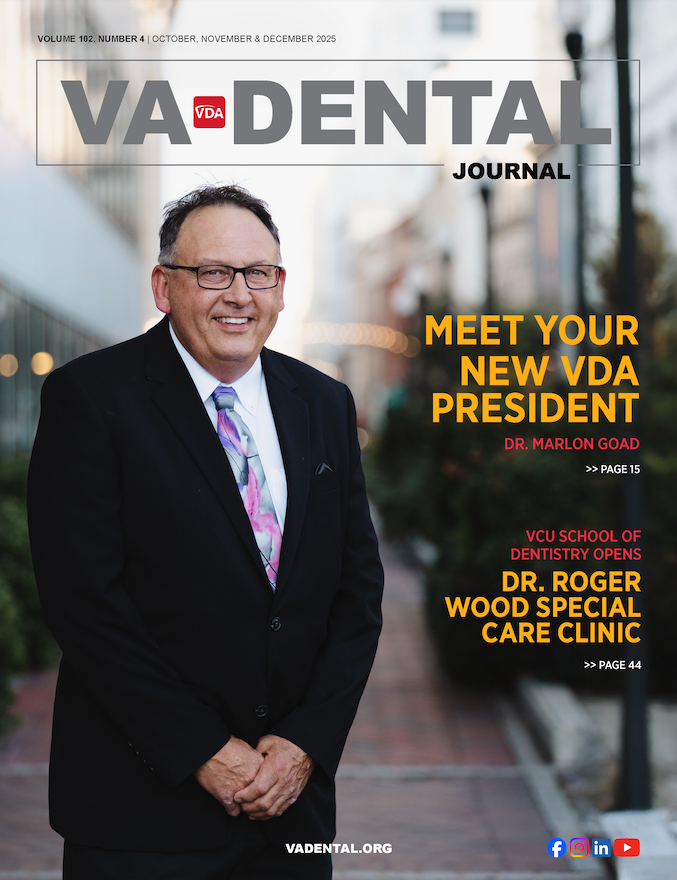CDC Guidelines, Explained
As way of Background: The CDC document dated April 8, recommends postponing elective procedures, surgeries and non-urgent dental visits. The VDA and ADA saw the need to do this three weeks before the CDC guidelines were released. These guidelines were revised slightly on April 27 to provide latitude when seeing patients although the CDC has not changed the recommendation for postponing elective dental care. To add confusion, on April 29, the CDC introduced guidance document for reopening workplaces, and businesses; however, this document is not specific to dental practices.
How to Understand: Dentists and oral and maxillofacial surgeons have questioned which guidance documents should be followed? Should they follow guidance from the Centers for Disease Control (CDC), the American Dental Association (ADA), the Virginia Dental Association (VDA), Center for Medicaid/Medicare (CMS) or the recommendation of Governor Northam to resume preventive and non emergency dental care?
In short, orders coming from the Governor’s office have the force of law and must always be followed and it is perfectly legal to re-enter practice at this time. Guidance documents from organizations such as the CDC, ADA, VDA or CMS may suggest recommendations, but are voluntary. Guidance should be considered as you make decisions on patient health care needs, and it can be frustrating when guidance from different organizations are not in perfect alignment or conflict with one another or conflict with orders from the State.
Patients and staff are aware of guidance documents/guidelines and some may ask for your rationale for resuming practice and which guidelines you choose to implement. Please note, the only guidance document that currently does not support the re-opening of dental practices for non emergency care is the original publication from the CDC, yet since then, they have provided documentation on reopening workplaces and businesses.
In short, healthcare providers are required to follow the law (statutes and regulations) and executive orders. Guidance documents are there to help shape opinions and standardize care. Document your thought process so that you can consistently explain to your position to patients and staff members who may ask.
We have posted a webinar on Labor and Employment Law which can serve as an excellent resource and answer many questions you may have as you chose to re-enter the workplace.


